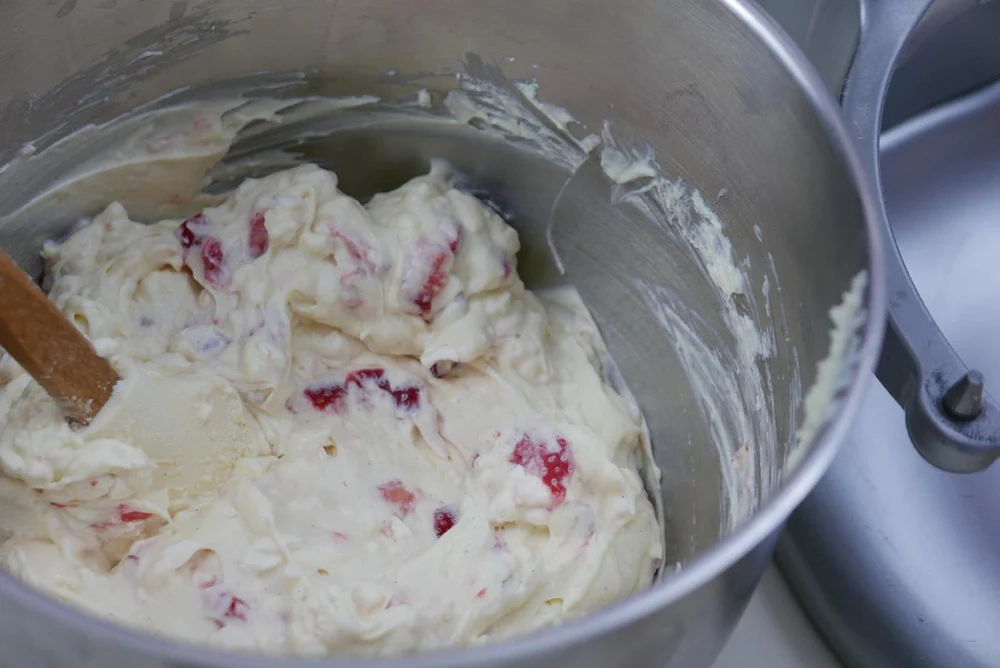
If you bake with a stand mixer at home, you might be a little unsure of what all the various attachments are for and how best to use this essential piece of kitchen equipment. Fear not! We have advice at hand for how to get the best from your stand mixer.

Models
Stand mixers come in a range of colours, bowl capacities and prices. Don’t feel you need to purchase the most expensive stand mixer if you only bake occasionally.
Most models are sturdy enough to withstand plenty of use and no baker should feel pressured to splash out on pricier models unless they truly desire one. Either way, most stand mixers do turn out to be lifetime investments!

Attachments
The majority of stand mixers have three attachments: the flat/paddle beater (best for creaming sugar and butter and mixing together cake, brownie and cookie mixtures and making frostings), the dough hook (best for bread and bun dough) and the balloon whisk (best for egg whites, making meringues and whipping cream).
The whisk incorporates lots of air, the paddle attachment less so and the dough hook ensures that all the dough is pulled in and kneaded in the middle of the bowl.
Some people like to invest in an extra bowl if they bake a lot or they try the various other attachments that might come with their model. This is completely optional but can be a fun way to get the most from the various recipe possibilities. You can use your mixer for lots of savoury recipes too, it needn’t be limited to just baking!
Speeds
Most mixers will operate on a slow, medium and high speed. Slow is best for adding ingredients, such as egg and flour. Medium is good for general mixing and bringing ingredients together and high speed is used to really get lots of air into your recipe and create volume, such as whipping up meringues.

Here's one of the big mixers we use in our bakeries!
Top tips
Here is our guide for the top pointers you need to get the most from your stand mixer:
Follow us on
 hummingbbakery
hummingbbakery





